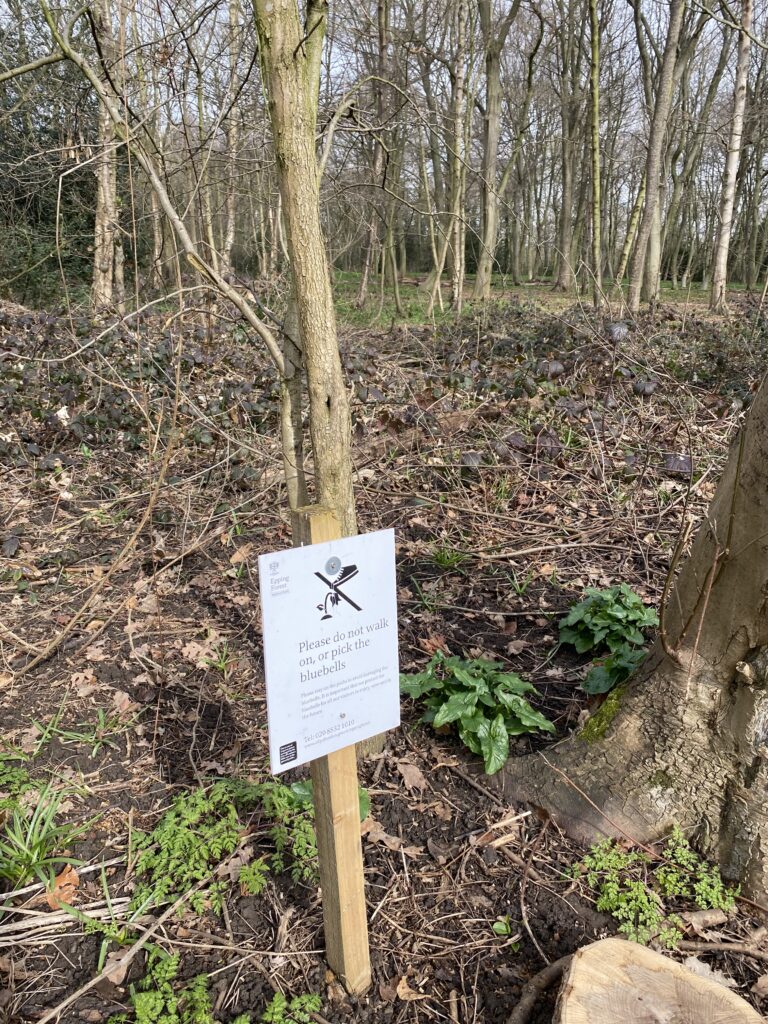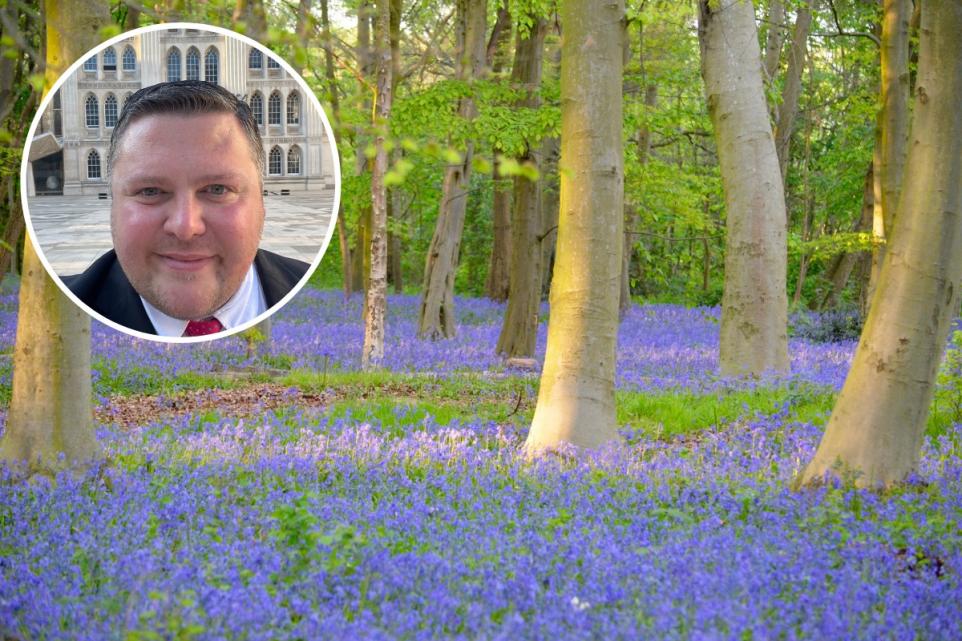Visitors to Epping Forest are being asked not to pick or trample on native English bluebells in order to protect and preserve these precious wildflowers for future generations to enjoy.
For just a few brief weeks each spring, Chalet Wood in Wanstead Park – which is managed by the City of London Corporation as a registered charity – is transformed by a carpet of bluebells, attracting a growing number of visitors each year.
The UK is home to almost half of the world’s bluebells, which are protected under the Wildlife and Countryside Act 1981. It is against the law to intentionally pick, uproot or destroy bluebells.
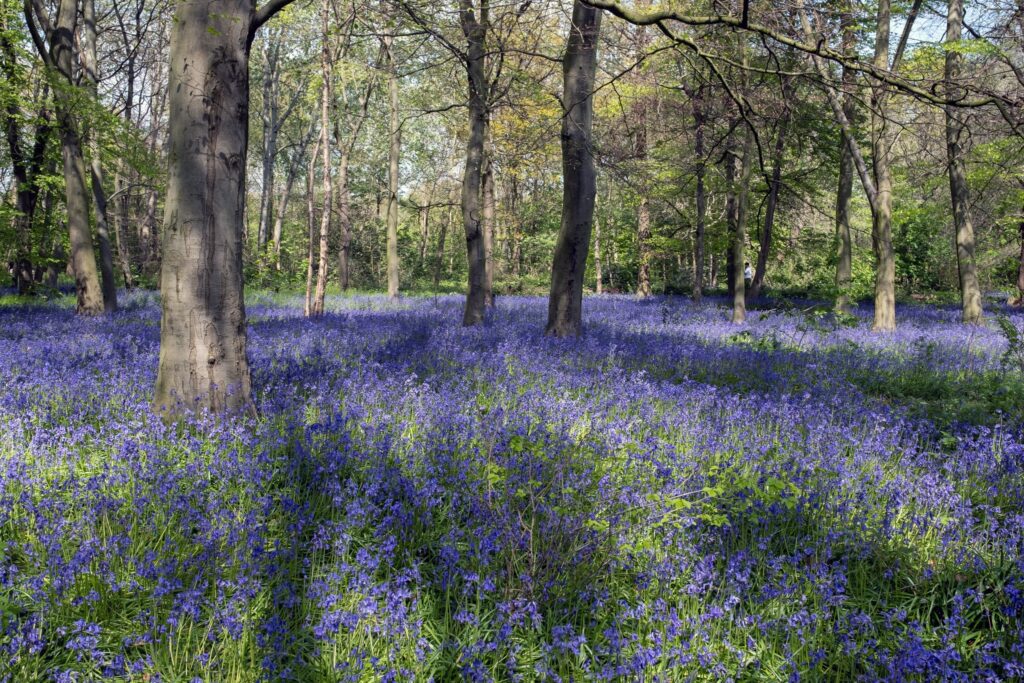
Chairman of the City of London Corporation’s Epping Forest and Commons Committee, Ben Murphy, said:
“Bluebells are delicate and their leaves can be easily damaged, yet they are a vitally important part of the Forest’s ecosystem. They are primarily pollinated by bumblebees, but are beneficial to many other insects, such as hoverflies and butterflies.
“Even when not visible above ground, bulbs and leaves can still be damaged by people not sticking to the paths. Bluebells also take a long time to establish – around five to seven years – so once again, we’re reminding people to stick to the designated pathways through Chalet Wood and not walk through these precious perennials, or indeed pick them anywhere across the Forest.
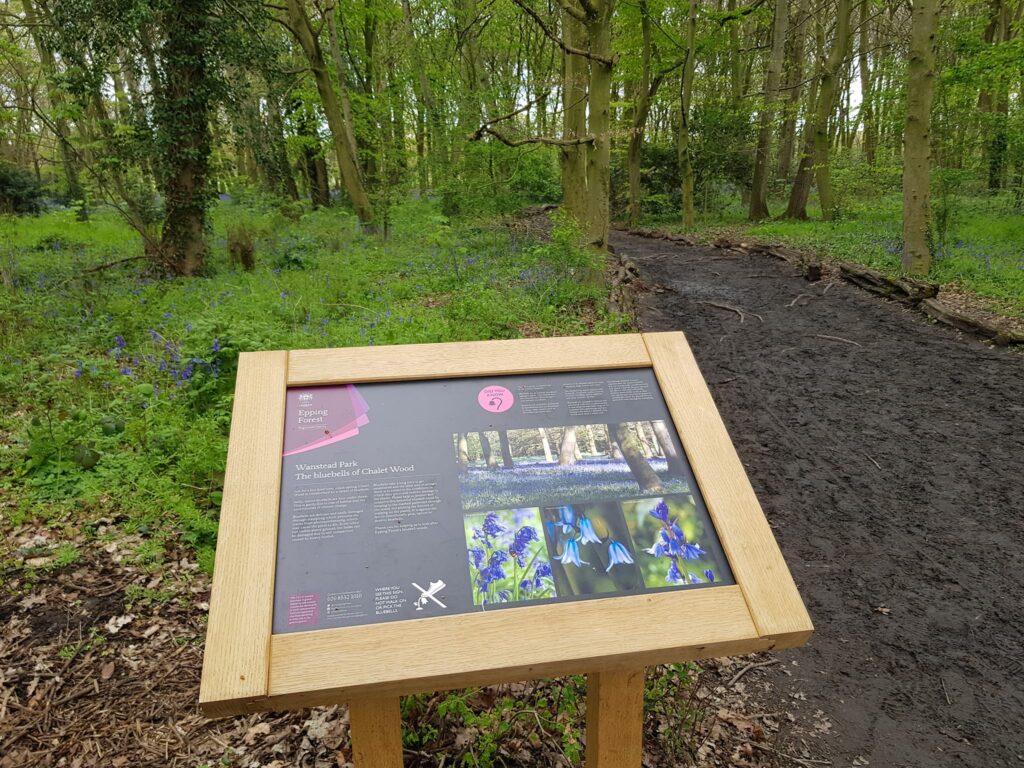
“Earlier this year, the City Corporation commissioned a study to look at the value of the open spaces it manages, with the value of Epping Forest calculated at around £64.4 million a year in public benefits.
“This report puts into perspective what the cost of damage to the Forest might mean for us as a society – which is why we must do everything we can to tell people what the irreversible loss of these flowers would be.”
Epping Forest stretches from Manor Park in the south, through to Epping in the north, covers an area of around 8,000 acres, and attracts over 10 million visitors every year.
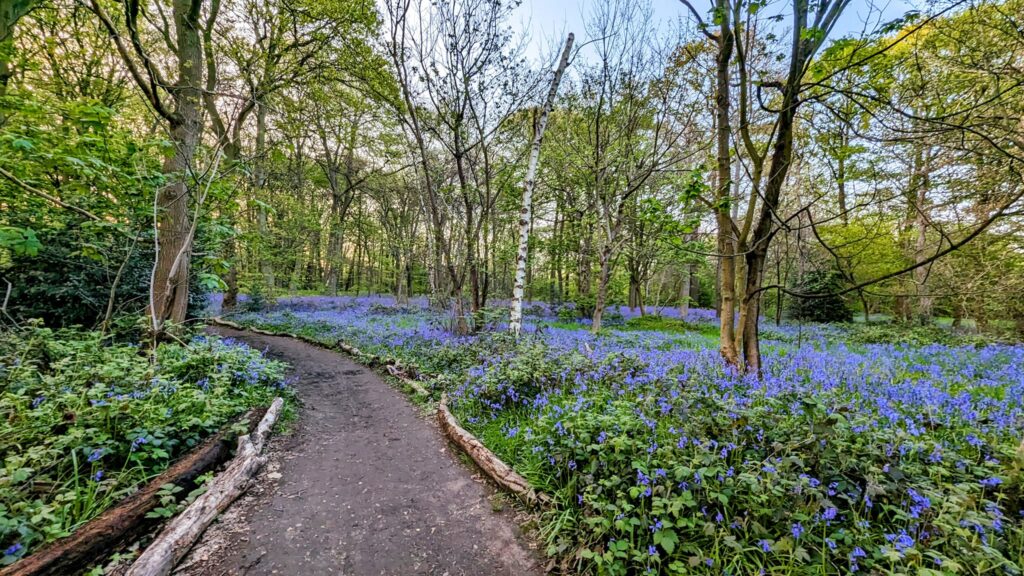
The Forest is of national and international conservation importance, containing two registered historic parks, eight listed buildings and four scheduled ancient monuments. It is also a Site of Special Scientific Interest, a Special Area of Conservation and one of the few remaining extensive natural woodlands in southern England.
The City Corporation protects 11,000 acres of green space across the Square Mile and south east England, investing more than £38m a year. Most of these sites are charitable trusts and run at little or no cost to the communities that they serve.
ENDS
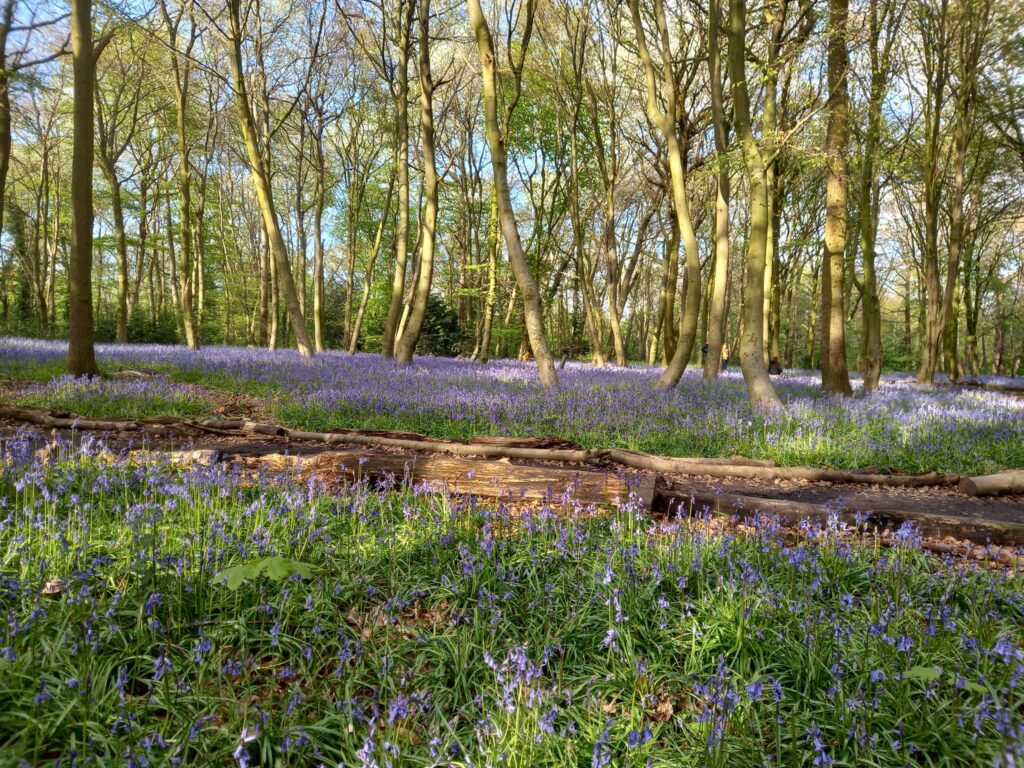
Notes to editors
The City of London Corporation is the governing body of the Square Mile dedicated to a vibrant and thriving City, supporting a diverse and sustainable London within a globally-successful UK – www.cityoflondon.gov.uk.
